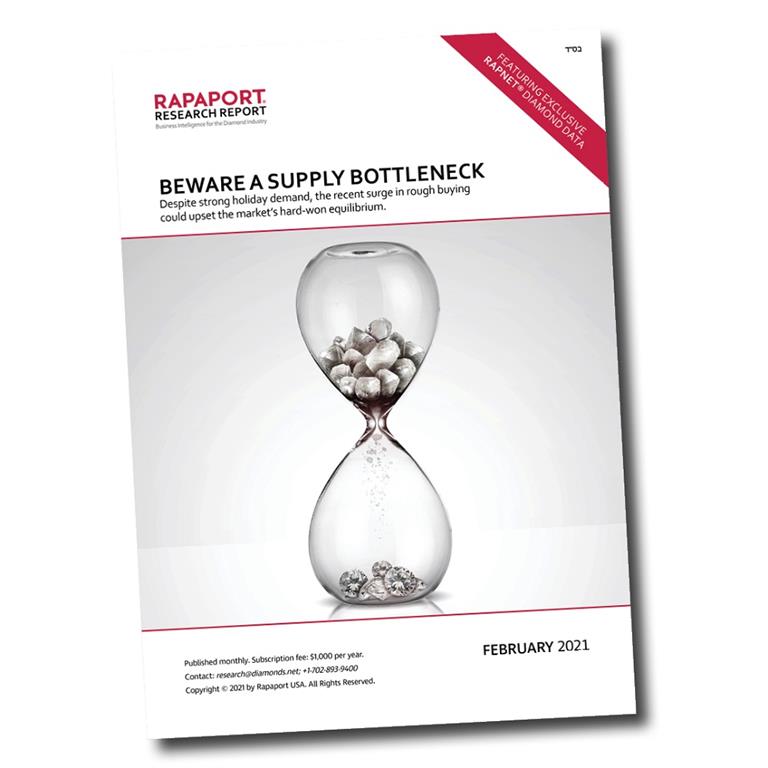
Lucapa Diamond Company has discovered a 114-carat white diamond from the Lulo alluvial diamond mine in Angola, Africa.
The 114-carat Type IIa D-colour white diamond is the third diamond mined from Lulo’s mining block 46 (MB46) in the last eight weeks.
Lucapa managing director Stephen Wetherall said block 46 was the best mined block to date.
Lucapa stated that the new discovery demonstrated the value of Lulo’s Canguige catchment and its adjacent kimberlites.
“To date, MB46 has averaged one 100-plus carat diamond recovered for every ~33,000 billion cubic metres of gravel processed. This is the best occurrence rate for any block mined to date at Lulo, including the prolific MB08,” Lucapa stated.
The 114 carat diamond is the 19th 100-plus carat diamond recovered from Lulo.
Lucapa started commercial diamond production at the site in 2015.
The recovery follows Lucapa’s announcement of discovering a 215-carat diamond from its Mothae kimberlite mine in Lesotho, Africa this week.
Lucapa plans to expand Mothae to a 1.6 million tonnes a year processing capacity, a 45 per cent increase from its current rate.
Source: DCLA












